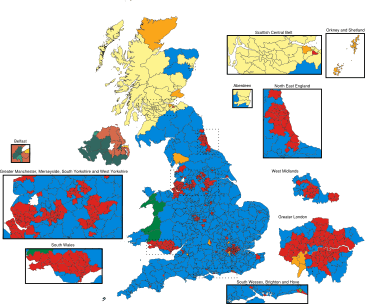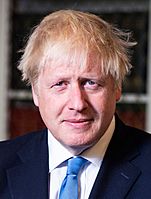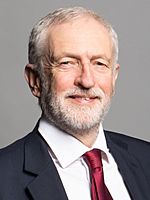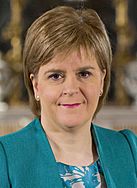2019 United Kingdom general election facts for kids
|
|||||||||||||||||||||||||||||||||||||||||||||||||||||||||||||||||||||||
|
|
|||||||||||||||||||||||||||||||||||||||||||||||||||||||||||||||||||||||
|
All 650 seats in the House of Commons 326 seats needed for a majority |
|||||||||||||||||||||||||||||||||||||||||||||||||||||||||||||||||||||||
|---|---|---|---|---|---|---|---|---|---|---|---|---|---|---|---|---|---|---|---|---|---|---|---|---|---|---|---|---|---|---|---|---|---|---|---|---|---|---|---|---|---|---|---|---|---|---|---|---|---|---|---|---|---|---|---|---|---|---|---|---|---|---|---|---|---|---|---|---|---|---|---|
| Opinion polls | |||||||||||||||||||||||||||||||||||||||||||||||||||||||||||||||||||||||
| Turnout | 67.3% ( |
||||||||||||||||||||||||||||||||||||||||||||||||||||||||||||||||||||||
|
|||||||||||||||||||||||||||||||||||||||||||||||||||||||||||||||||||||||

A map presenting the results of the election, by party of the MP elected from each constituency.
|
|||||||||||||||||||||||||||||||||||||||||||||||||||||||||||||||||||||||
|
|||||||||||||||||||||||||||||||||||||||||||||||||||||||||||||||||||||||
A general election was held in the United Kingdom on 12 December 2019. This election chose all 650 members of the House of Commons. The House of Commons is a very important part of the UK's Parliament.
The Conservative Party won the election with a large number of seats. This meant their leader, Boris Johnson, continued to be the Prime Minister. The Labour Party lost 60 seats. This was their lowest number of seats (202) since 1935.
After the election, Labour leader Jeremy Corbyn decided to step down. He said he would not lead the party in the next election. This led to a new leadership election for the Labour Party. Keir Starmer was then chosen as the new leader.
Contents
What is a General Election?
A general election is when people across the country vote for who they want to represent them in Parliament. The UK is divided into 650 areas called constituencies. Each constituency elects one person, called a Member of Parliament (MP).
These MPs then go to the House of Commons, where they make laws and discuss important issues. The party that wins more than half of the 650 seats (which is 326 seats) usually forms the government.
Key Results of the Election
The 2019 election saw some big changes in the number of seats each political party won. Here's a look at how the main parties did:
Conservative Party Wins Big
The Conservative Party, led by Boris Johnson, had a very successful election. They won 365 seats, which was 48 more than they had before. This gave them a clear majority in the House of Commons. A majority means they have more than half the seats, making it easier for them to pass laws.
Labour Party's Losses
The Labour Party, led by Jeremy Corbyn, had a difficult election. They lost 60 seats, ending up with 202 seats. This was a big drop for the party.
Scottish National Party Gains
The Scottish National Party, led by Nicola Sturgeon, did very well in Scotland. They gained 13 seats, bringing their total to 48. This showed strong support for the party in Scotland.
Liberal Democrats' Outcome
The Liberal Democrats, led by Jo Swinson, won 11 seats. This was one less seat than they had before the election. Their leader, Jo Swinson, even lost her own seat in Parliament.
What Happened After the Election?
After the election, the new Parliament started its work. With a strong majority, the Conservative government could move forward with its plans. One of the main things they focused on was Brexit, which was a big topic during the election campaign.
The Labour Party, after their significant loss, began the process of choosing a new leader. This is a normal part of politics when a party faces a big defeat.
Images for kids
See also
 In Spanish: Elecciones generales del Reino Unido de 2019 para niños
In Spanish: Elecciones generales del Reino Unido de 2019 para niños








